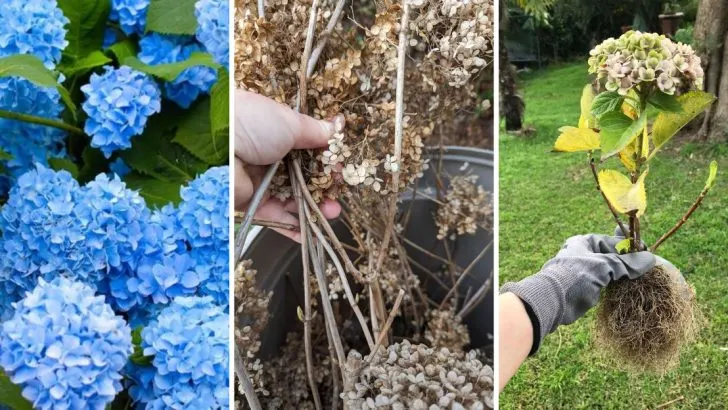Hydrangeas are beloved for their lush blooms and vibrant colors, but they can be surprisingly sensitive to certain care mistakes. Despite your best intentions, some common habits may be unintentionally harming your hydrangeas and preventing them from thriving.
From improper watering to neglecting soil conditions, even experienced gardeners can unknowingly make errors. To ensure your hydrangeas stay healthy and beautiful, here are 8 shocking ways you might be accidentally killing them – and how to fix these issues.
Overwatering
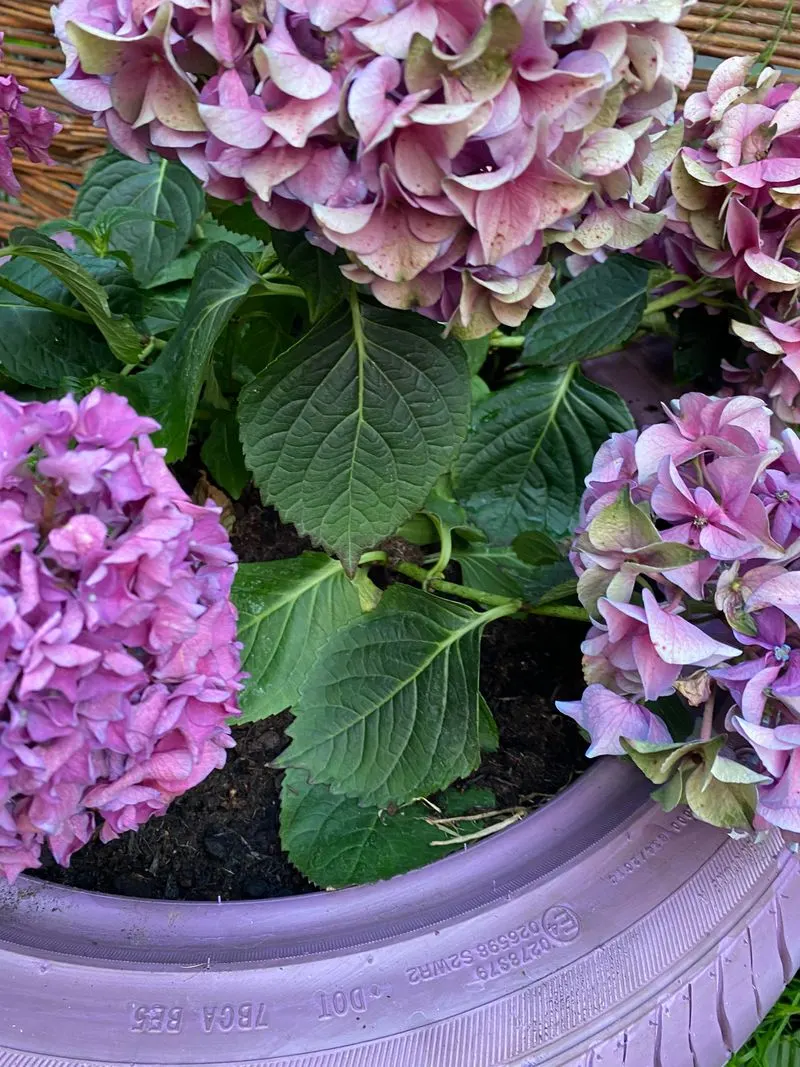
While hydrangeas love moisture, giving them too much water can be detrimental. It’s essential to strike a balance, as soggy soil can lead to root rot. Check your soil regularly by sticking a finger about an inch deep. If it feels damp, hold off on watering.
Consider the weather conditions too; during rainy periods, your hydrangeas may not need extra watering. Additionally, ensure your pots or garden beds have good drainage to prevent water from pooling. This simple act can keep your hydrangeas in prime health and prevent wilting leaves.
Improper Pruning
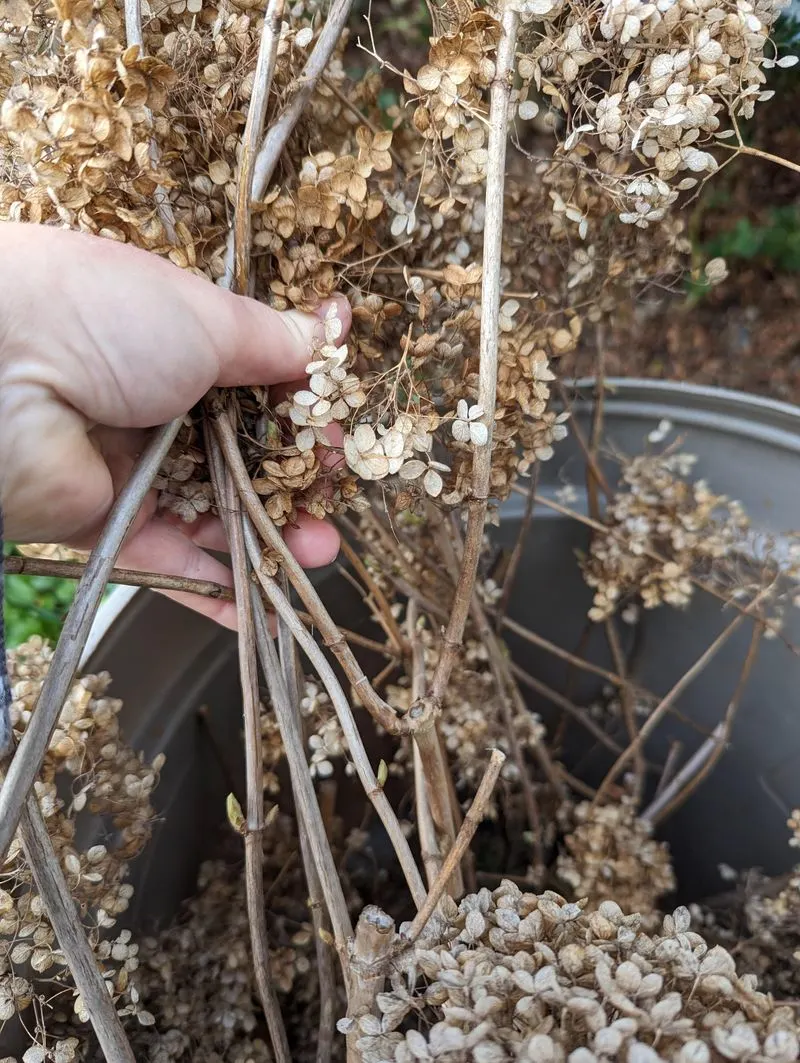
Pruning at the wrong time can cost you next year’s blooms. Many hydrangeas bloom on old wood, so cutting them back in the fall might remove buds for the following season. Instead, prune immediately after they finish flowering.
Focus on removing deadwood and thinning out congested areas to improve air circulation. This not only encourages healthy growth but also reduces disease risk. Understanding your hydrangea variety helps, as some types have different pruning needs. Take the time to learn what works best for your specific plants.
Wrong Soil pH
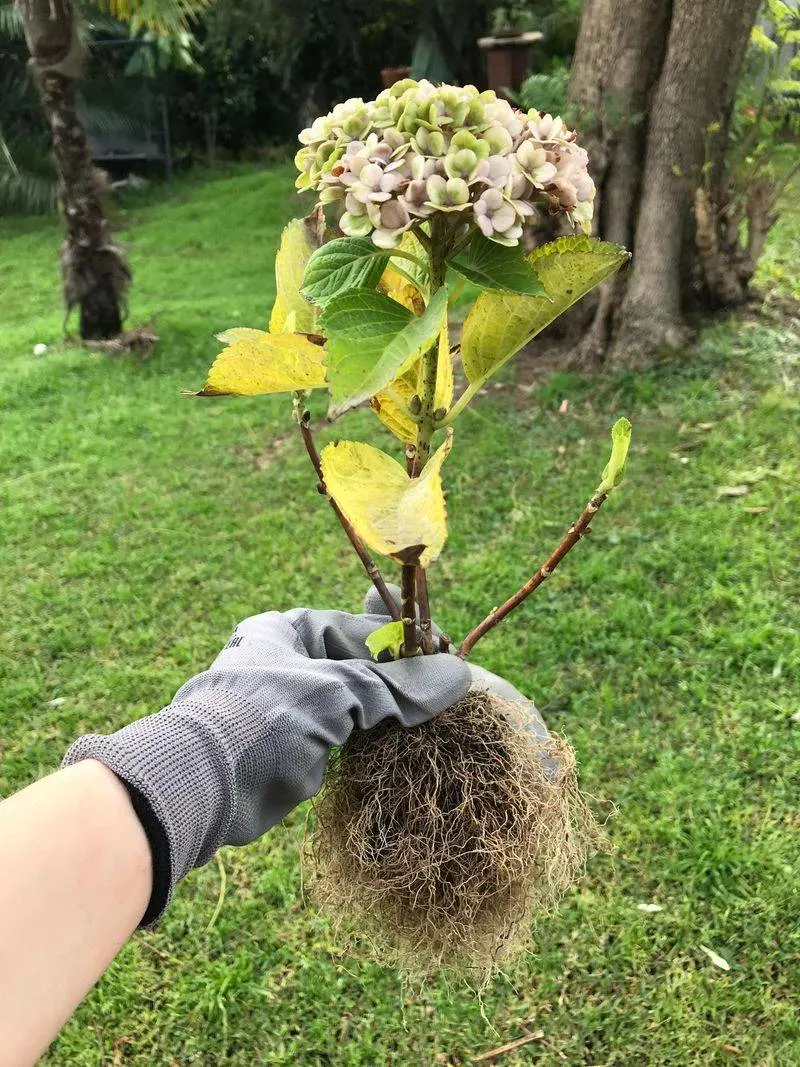
Hydrangeas are unique in that their bloom color can change with soil pH. Acidic soils lead to blue flowers, while alkaline soils turn blooms pink. However, an incorrect pH balance can affect plant health.
Use a soil test kit to determine your garden’s pH. If adjustments are needed, sulfur can lower pH, while lime raises it. Make changes gradually, as altering pH can be a delicate process. By controlling soil conditions, you enhance both the beauty and vitality of your hydrangeas.
Excessive Fertilizing
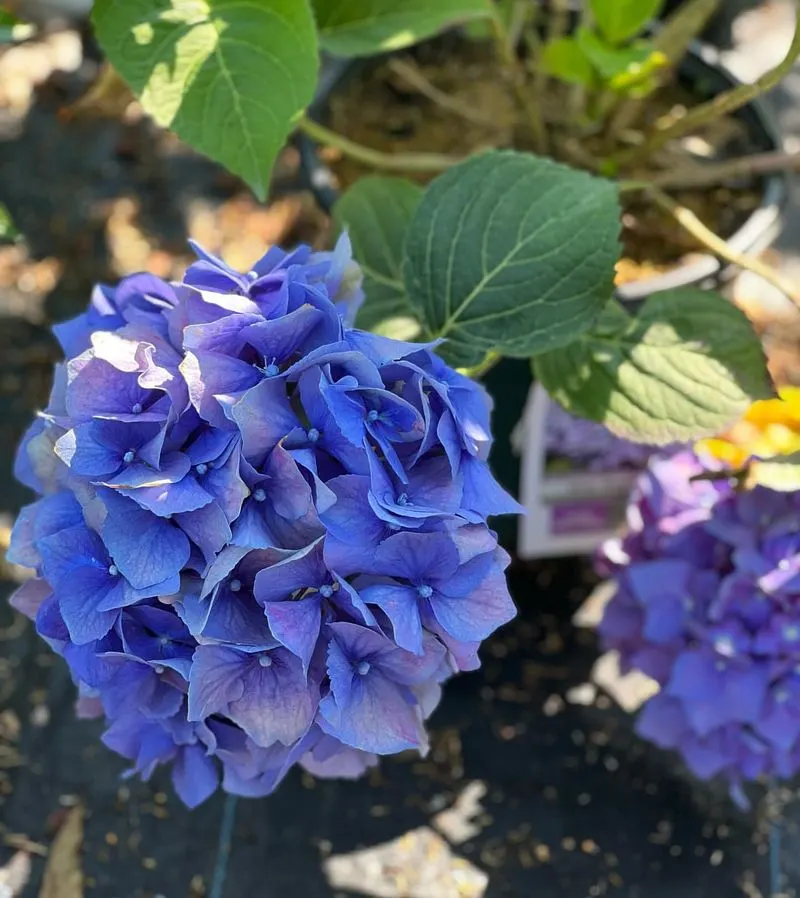
While feeding plants is crucial, too much fertilizer can harm hydrangeas. Over-fertilizing often results in lush foliage but fewer blooms. Stick to a balanced, slow-release fertilizer, applying it in the spring and mid-summer.
Avoid high-nitrogen fertilizers that encourage leaf growth over flowers. Always follow the instructions on your fertilizer package to prevent root damage. With proper feeding, your hydrangeas will produce vibrant blooms without suffering from nutrient overload.
Planting in Wrong Location
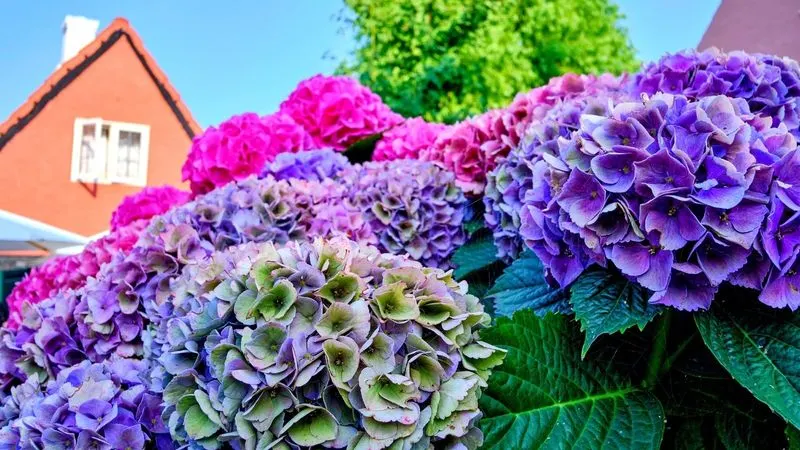
The placement of your hydrangeas significantly affects their growth. Though they enjoy some shade, too little sunlight leads to fewer blooms. Ideally, provide morning sun and afternoon shade to protect them from harsh rays.
Consider the microclimate in your garden. Nearby structures or trees may cast too much shade. By assessing and adjusting the location, you ensure your hydrangeas receive the right balance of light and thrive season after season.
Neglecting Pests
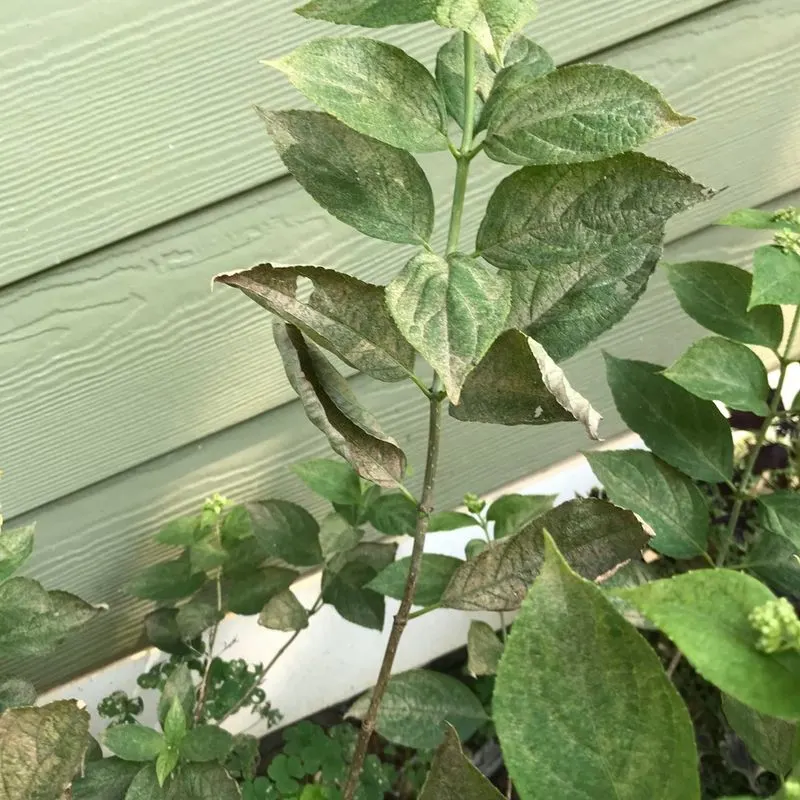
Pests can silently sabotage your hydrangeas, causing stunted growth and damaged leaves. Identifying common offenders, like aphids and spider mites, is crucial. Regularly inspect the leaves and stems for signs of infestation.
Natural remedies, such as neem oil or insecticidal soap, offer effective control without harming beneficial insects. Maintaining good garden hygiene, like removing debris, also deters pests. By staying vigilant, you protect your hydrangeas from these tiny but mighty intruders.
Ignoring Diseases
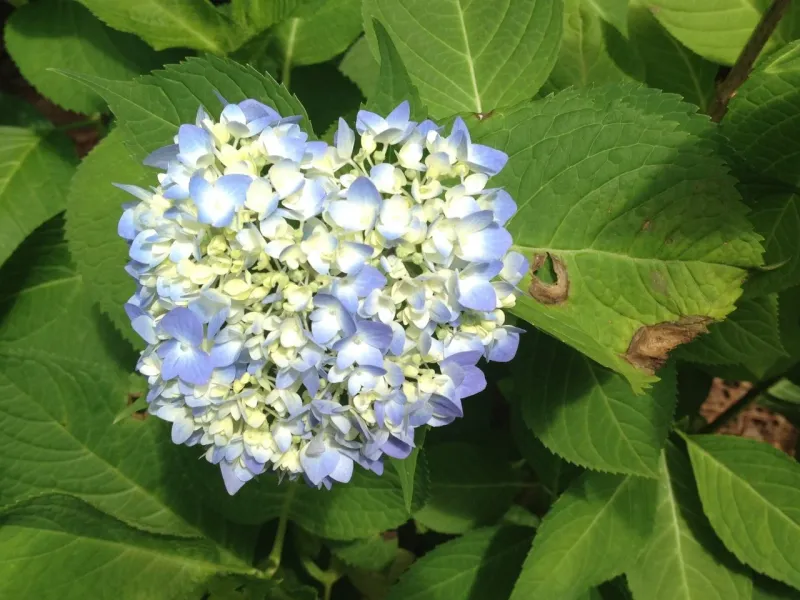
Diseases can sneak up on your hydrangeas, leading to unsightly spots or wilting. Fungal infections, such as powdery mildew or leaf spot, are common culprits. Ensure good air circulation by properly spacing plants and pruning regularly.
Remove and dispose of infected leaves to prevent spreading. Fungicides can be useful but should be a last resort. Prioritize cultural practices to strengthen plants’ natural defenses. Keeping an eye out for early signs helps maintain your hydrangeas’ health.
Improper Winter Protection
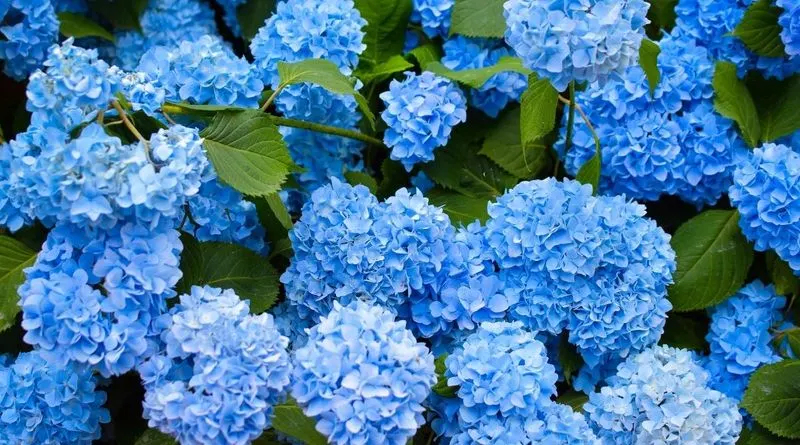
Winter can be harsh on hydrangeas if they’re not properly protected. Cold winds and frost damage the buds, affecting spring blooms. Use burlap or frost cloths to shield your plants during the coldest months.
Mulch around the base to insulate roots and retain moisture. Choose materials like straw or leaves for added warmth. Preparing your hydrangeas for cold weather ensures they emerge healthy and ready to bloom when spring arrives.

